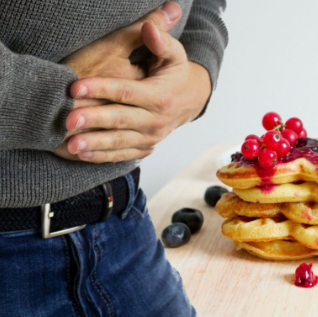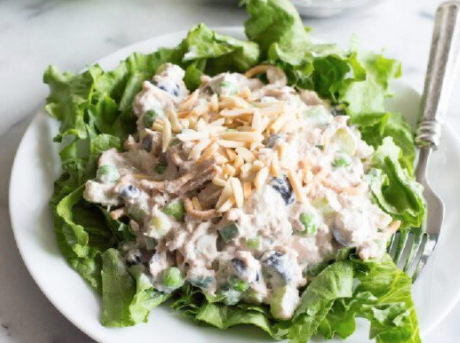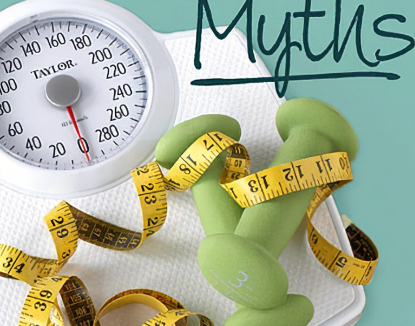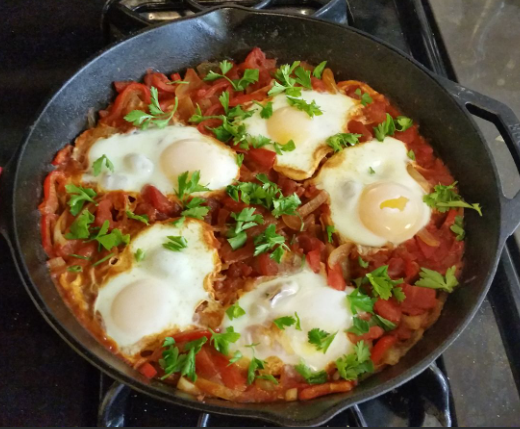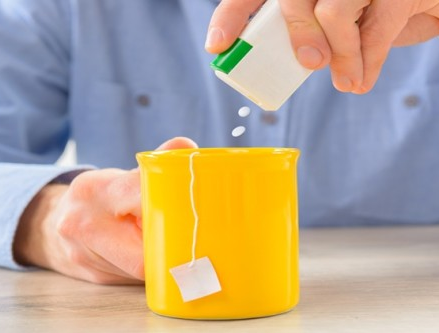Are you vegan?
Are looking for tasty vegan recipe?
Or maybe, you are not vegan but would like to vary and try new foods?
This is the recipe you are looking for – Spicy Peanut Tofu!
This recipe comes from an Asian cuisine. Asian cuisine is home to many different cultures and food. However they have many common ingredients such as rice, ginger, garlic, sesame seeds, chilies, dried onions, soy and tofu. They also have traditional cooking methods such as stir frying, steaming and deep frying.
This Spicy Peanut Tofu recipe offers a rich taste due to its various herbs and spices used, especially in the peanut sauce. This recipe is quite easy as it takes about 10 minutes to prepare and 30 minutes to cook.
Total Time: 40 minutes
Prep Time: 10 minutes
Cook Time: 30 minutes
Serves 3
Ingredients:
- 1 block of dry tofu
- 1 tablespoon flour
- 1 small head of broccoli, cut into florets
- 1 red bell pepper, cut into strips
- 140g rice
- 3 tablespoons olive oil
- Pinch of salt
Peanut sauce:
- 60g peanut butter
- 40g light soy sauce
- 40g sesame oil
- 30g vinegar
- 1 tablespoon chili paste
- 1 tablespoon honey
- A small knob of ginger, peeled
- A clove of garlic
- 30ml water
Method:
- Press the tofu to remove the liquid out. Cut the tofu in cubes and coat it in the flour. Arrange on a baking sheet.
- Arrange the broccoli florets and peppers on another baking sheet. Drizzle the olive oil and salt.
- Place both baking sheets in the oven at 220 degrees Celsius for 20 – 30 minutes or until the tofu is slightly crisped and the broccoli is properly roasted.
- In the meantime, cook the rice as per packet instructions.
- Also, prepare the sauce by blending all the ingredients together.
- Serve tofu and broccoli with rice and a good drizzle of peanut sauce.
NB: For a dry tofu thaw the day before in the fridge, drain and press water out. You will be able to get more water out of tofu that way.
Other recipes which you might like:
I hope you like this recipe. Let me know in the comments below. I would be glad to answers any of your questions, as well. In addition, if you would like more recipes like this one I encourage you to order our recipe book. It contains 50 healthy, low calorie recipes all with nutrition information inside.


